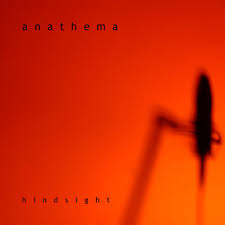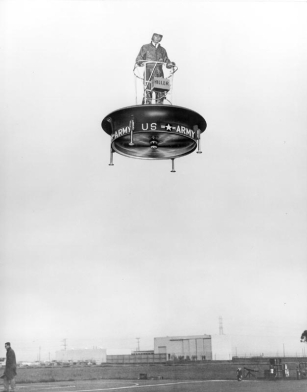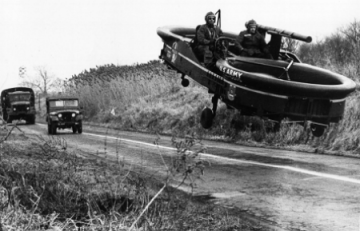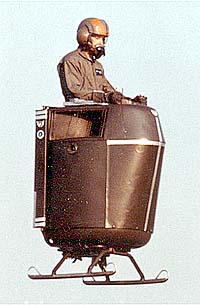The Sparrow, and the Dog
A sheep-dog had not a good master, but, on the contrary, one who let him suffer hunger. As he could stay no longer with him, he went quite sadly away. On the road he met a sparrow who said, "Brother dog, why art thou so sad?" The dog replied, "I am hungry, and have nothing to eat." Then said the sparrow, "Dear brother, come into the town with me, and I will satisfy thy hunger." So they went into the town together, and when they came in front of a butcher's shop the sparrow said to the dog, "Stay there, and I will pick a bit of meat down for thee," and he alighted on the stall, looked about him to see that no one was observing him, and pecked and pulled and tore so long at a piece which lay on the edge, that it slipped down. Then the dog seized it, ran into a corner, and devoured it. The sparrow said, "Now come with me to another shop, and then I will get thee one more piece that thou mayst be satisfied." When the dog had devoured the second piece as well, the sparrow asked, "Brother dog, hast thou now had enough?" "Yes, I have had meat enough," he answered, "but I have had no bread yet." Said the sparrow, "Thou shalt have that also, come with me." Then he took him to a baker's shop, and pecked at a couple of little buns till they rolled down, and as the dog wanted still more, he led him to another stall, and again got bread for him. When that was consumed, the sparrow said, "Brother dog, hast thou now had enough?" "Yes," he replied, "now we will walk awhile outside the town." Then they both went out on to the highway. It was, however, warm weather, and when they had walked a little way the dog said, "I am tired, and would like to sleep." "Well, do sleep," answered the sparrow, "and in the meantime I will seat myself on a branch." So the dog lay down on the road, and fell fast asleep. Whilst he lay sleeping there, a waggoner came driving by, who had a cart with three horses, laden with two barrels of wine. The sparrow, however, saw that he was not going to turn aside, but was staying in the wheel track in which the dog was lying, so it cried, "Waggoner, don't do it, or I will make thee poor." The waggoner, however, growled to himself, "Thou wilt not make me poor," and cracked his whip and drove the cart over the dog, and the wheels killed him. Then the sparrow cried, "Thou hast run over my brother dog and killed him, it shall cost thee thy cart and horses." "Cart and horses indeed!" said the waggoner. "What harm canst thou do me?" and drove onwards. Then the sparrow crept under the cover of the cart, and pecked so long at the same bung-hole that he got the bung out, and then all the wine ran out without the driver noticing it. But once when he was looking behind him he saw that the cart was dripping, and looked at the barrels and saw that one of them was empty. "Unfortunate fellow that I am," cried he. "Not unfortunate enough yet," said the sparrow, and flew on to the head of one of the horses and pecked his eyes out. When the driver saw that, he drew out his axe and wanted to hit the sparrow, but the sparrow flew into the air, and he hit his horse on the head, and it fell down dead. "Oh, what an unfortunate man I am," cried he. "Not unfortunate enough yet," said the sparrow, and when the driver drove on with the two hoses, the sparrow again crept under the cover, and pecked the bung out of the second cask, so all the wine was spilt. When the driver became aware of it, he again cried, "Oh, what an unfortunate man I am," but the sparrow replied, "Not unfortunate enough yet," and seated himself on the head of the second horse, and pecked his eyes out. The driver ran up to it and raised his axe to strike, but the sparrow flew into the air and the blow struck the horse, which fell. "Oh, what an unfortunate man I am." "Not unfortunate enough yet," said the sparrow, and lighted on the third horse's head, and pecked out his eyes. The driver, in his rage, struck at the sparrow without looking round, and did not hit him but killed his third horse likewise. "Oh, what an unfortunate man I am," cried he. "Not unfortunate enough yet," answered the sparrow. "Now will I make thee unfortunate in thy home," and flew away.
The driver had to leave the waggon standing, and full of anger and vexation went home. "Ah," said he to his wife, "what misfortunes I have had! My wine has run out, and the horses are all three dead!" "Alas, husband," she answered, "what a malicious bird has come into the house! It has gathered together every bird there is in the world, and they have fallen on our corn up there, and are devouring it." Then he went upstairs, and thousands and thousands of birds were sitting in the loft and had eaten up all the corn, and the sparrow was sitting in the midst of them. Then the driver cried, "Oh, what an unfortunate man I am?"
"Not unfortunate enough yet!" answered the sparrow; "waggoner, it shall cost thee thy life as well," and flew out.
Then the waggoner had lost all his property, and he went downstairs into the room, sat down behind the stove and was quite furious and bitter. But the sparrow sat outside in front of the window, and cried, "Waggoner, it shall cost thee thy life." Then the waggoner snatched the axe and threw it at the sparrow, but it only broke the window, and did not hit the bird. The sparrow now hopped in, placed itself on the stove and cried, "Waggoner, it shall cost thee thy life." The latter, quite mad and blind with rage, smote the stove in twain, and as the sparrow flew from one place to another so it fared with all his household furniture, looking-glass, benches, table, and at last the walls of his house, and yet he could not hit the bird. At length, however, he caught it with his hand. Then his wife said, "Shall I kill it?" "No," cried he, "that would be too merciful. It shall die much more cruelly," and he took it and swallowed it whole. The sparrow, however, began to flutter about in his body, and fluttered up again into the man's mouth; then it stretched out its head, and cried, "Waggoner, it shall still cost thee thy life." The driver gave the axe to his wife, and said, "Wife, kill the bird in my mouth for me." The woman struck, but missed her blow, and hit the waggoner right on his head, so that he fell dead. But the sparrow flew up and away.
:( Gladly you live, sadly I too do, but away from you.









